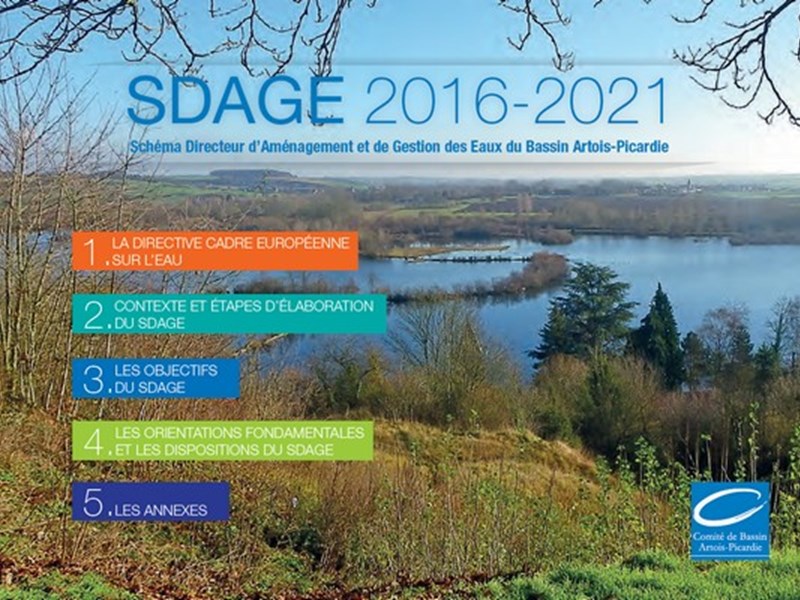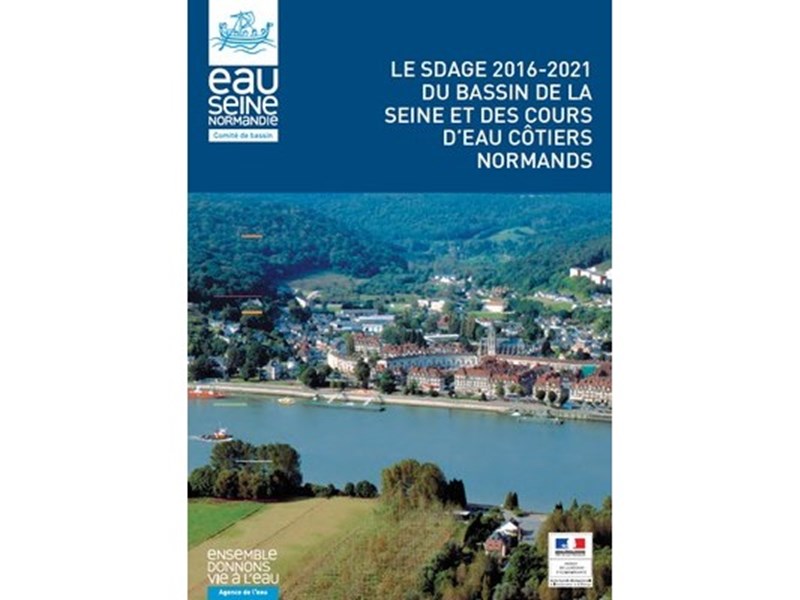The European Habitats Directive aims to preserve biodiversity in the European Union by protecting natural habitats, fauna and plants.
It gave rise to the "Natura 2000" network, the biggest ecological network in the world. Natura 2000 includes Special Areas of Conservation which are listed by EU countries in line with this directive. Natura 2000 also includes Special Protection Areas as listed in the "Birds" directive (directive 2009/147/CE).
Each Natura 2000 site has a Document of Objectives (DOCOB) including an inventory of the area concerned and the issues found there, the conservation goals for the habitats and species highlighted in the "Habitats" Directive and the measures and actions to achieve them.
For more information :
- https://eur-lex.europa.eu/homepage.html
- https://www.natura2000.fr
- https://www.hauts-de-france.developpement-durable.gouv.fr/?-Le-reseau-Natura-2000-
- http://biodiversite.wallonie.be/fr/natura-2000.html?IDC=829
The LIFE Anthropofens project will also have a positive impact on water management and flood prevention, two major social themes that each been the subject of European directives: the Water Framework Directive and the Floods Directive.
Restoring the water system in fens helps to maintain their role in delaying floods in catchment.
As regards flooding caused by rising underground waters, which are present in many valleys in the Parisian basin, peatland, when well preserved, can hold back part of the flow of water from water tables below the peat layers.
In France, the LIFE Anthropofens programmes will also match the orientation and approaches relating to preserving wetlands in the General Plans for Countryside Planning and Water Management in the Artois-Picardie and Seine-Normandie basins.
The General Plans for Countryside Planning and Water Management (SDAGE in French) are planning documents for the water sector. They set out, for a period of six years and for each large water basin :
- the main guidelines to guarantee water management, so that wetland areas are preserved and the needs of the various water users are met
- the goals to be attained in terms of quality and quantity for waterways, bodies of water, groundwater, estuaries and coastal areas
- the measures required to prevent deterioration and ensure to improvement of water areas.
They are also adapted to the Water Framework Directive (WFD).
For more information :
- https://www.gesteau.fr/presentation/sdage
- https://www.eau-artois-picardie.fr/sdage
- http://www.eau-seine-normandie.fr/domaines-d-action/sdage



